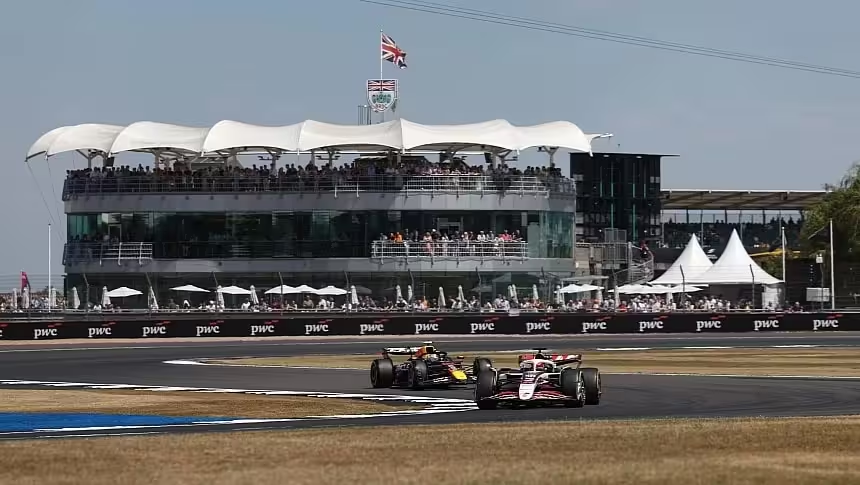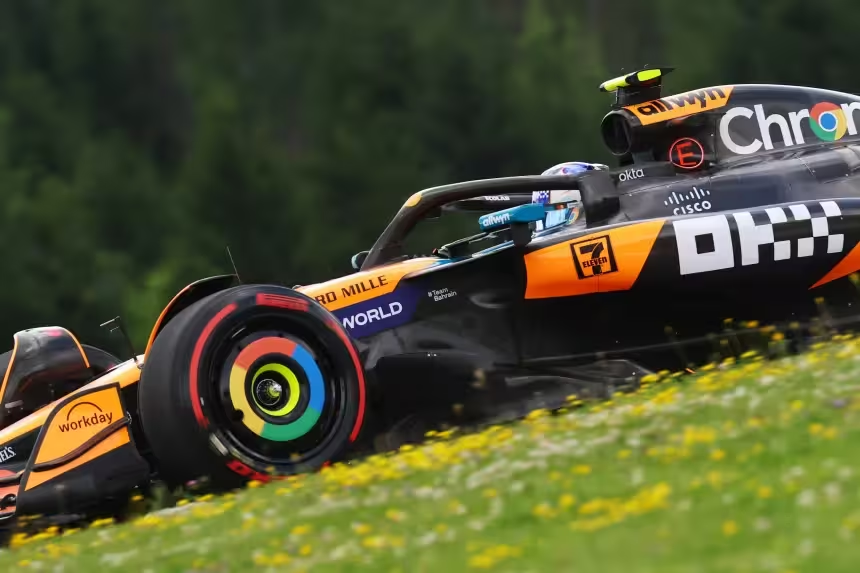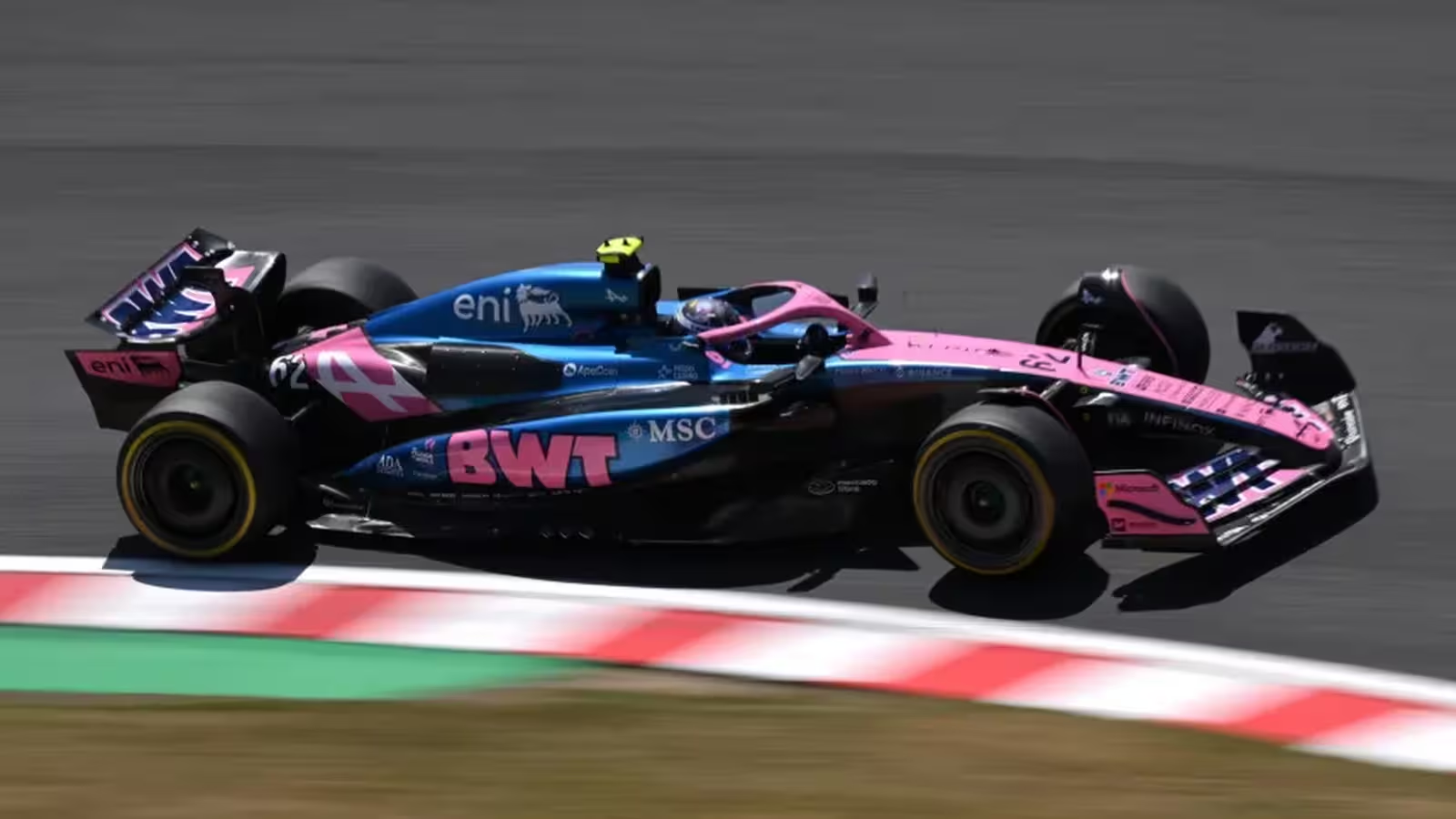8 Minutes
F1’s Next Generation: How Young Drivers Are Changing the Game
The landscape of Formula 1 has dramatically shifted in recent years, with young, up-and-coming drivers now receiving valuable opportunities to showcase their talents behind the wheel of some of the world’s most advanced racing cars. As in-season testing was phased out in the late 2000s, the path for junior drivers to enter F1 narrowed, making official practice sessions all the more crucial for their development. Recognizing the importance of hands-on experience, F1 regulations mandated teams to allocate Free Practice 1 (FP1) sessions to young drivers. Originally set at two sessions per season, the rule will ramp up to four mandatory outings in 2025, opening more doors for tomorrow’s stars.
The Impact of Practice Sessions on Young Driver Development
For teams and manufacturers, these FP1 sessions aren't just box-ticking exercises—they are vital for scouting fresh talent and evaluating potential F1 drivers in real-world conditions. With a grid full of ambitious, high-performance cars, the stakes during these sessions are high. While most teams prioritize getting their cars back in one piece, occasionally newcomers deliver stand-out performances, hinting at a bright future for both themselves and the teams they represent.
Below, we highlight three standout drivers whose debut FP1 appearances made headlines and caught the attention of industry insiders.

Arvid Lindblad: From Karting Prodigy to Red Bull Prospect
British Talent Making Waves in Formula 1
Arvid Lindblad’s meteoric rise through the junior racing ranks has become a talking point in the world of motorsports. Representing Red Bull Racing during his FP1 debut at the historic Silverstone circuit, Lindblad, despite his youth, showed composure and speed. Setting the 14th fastest time—just half a second shy of Max Verstappen’s leading effort—he demonstrated the pace necessary to compete at the top level of F1.
Career Progression and Super Licence Hurdles
Lindblad's journey from karting to Formula 2 in an astonishingly short four-year period is testament to his raw talent. Gaining enough super licence points to be eligible for F1 was no small feat, but age-related regulations almost stalled his debut. Turning 18 only in August nearly delayed his entry, but Red Bull, mirroring Mercedes’ earlier strategy with Kimi Antonelli, successfully secured a special FIA exemption for an early super licence. The British Grand Prix became Lindblad’s stage, replacing Yuki Tsunoda and grabbing the attention of F1 insiders as a serious future contender for the Red Bull F1 seat.
Performance and Team Expectations
Red Bull’s philosophy of progressing homegrown talents has paid off in the past, and Lindblad’s assured performance underscores his suitability for the team’s racing DNA. His car control, understanding of vehicle dynamics, and rapid adaptation bode well not just for Red Bull, but for fans eager to see fresh faces in F1. With the team’s competitive machinery, Lindblad has the potential to shape the next era of Grand Prix racing.

Ryo Hirakawa: From World Endurance Champion to F1 Test Star
Translating Sports Car Success to Formula 1
Japan’s Ryo Hirakawa is a name synonymous with speed and endurance success, highlighted by his back-to-back World Endurance Championship titles and a memorable 2022 Le Mans 24 Hour victory alongside the likes of Sebastien Buemi and Brendon Hartley for Toyota. The return of Toyota to F1—via a vital technical partnership with Haas—has unlocked new testing opportunities for talented Japanese drivers like Hirakawa.
FP1 Performances: Alpine and Haas Opportunities
Hirakawa’s FP1 cameos spanned prestigious tracks in Japan, Bahrain, and Spain, representing both Alpine and Haas. At Suzuka, stepping in for Jack Doohan at Alpine, Hirakawa surprised many by outpacing regular driver Pierre Gasly. His 12th-best time in his debut session reflected superb adaptability, especially given the unique challenges of modern F1 machinery versus endurance prototypes. Further FP1 assignments with Haas saw consistent performances, underlining his technical feedback skills and calm temperament under pressure.
Vehicle Analysis and Comparative Performance
Hirakawa’s technical understanding has made him an asset during test sessions, bringing invaluable insights from world championship-winning machinery. Compared to his fellow debutants, Hirakawa’s reliability and data-driven approach have already added value for midfield F1 teams striving for performance gains. Though not flashy, his ability to extract maximum potential from different car setups is especially useful for teams with ambitious development goals.
Alex Dunne: Ireland’s Best Hope for F1 Glory
Emergence of a Future Star with McLaren
Alex Dunne’s journey to the McLaren hot seat in FP1 at the Austrian Grand Prix fired up excitement for Irish motorsport fans. Known for his speed and consistency through the junior categories, Dunne earned his McLaren junior contract off the back of victories in British Formula 4 and other European feeder series. His 2025 step up to Formula 2 with Rodin Motorsport has only enhanced his racing credentials.
Stunning First Performance in F1 Equipment
Taking over for Lando Norris in Austria, Dunne did more than just settle in—he set the fourth-fastest time of FP1, just a shade off championship leader Oscar Piastri’s quickest lap. Such an impressive debut underscores not only his pace but also his calm confidence and technical acuity—traits McLaren value in their long-term driver development strategy.
Market Impact and Team Strategy
With Dunne’s performance, McLaren have positioned themselves as one of the leading teams investing in youth. This approach keeps them competitive not just on the racetrack, but also in the fiercely contested driver market. For Ireland, Dunne represents a hope for renewed representation at motorsport’s highest level—the first since Ralph Firman’s run two decades ago.
Comparing the Standouts: Potential and Future Pathways
What sets these three young drivers apart is not just their single-session pace, but their ability to rapidly adapt to elite competition and sophisticated vehicle dynamics under pressure. Their FP1 outings offered a preview of F1’s future grid, with teams increasingly relying on robust junior programs and data-driven performance analysis to find their next stars.
Vehicle Dynamics and Design Adaptation
Testing modern F1 cars is no simple task. The complexity of hybrid powertrains, sophisticated aerodynamics, and rapidly evolving telemetry requires not just raw speed, but also advanced technical feedback. All three drivers demonstrated an impressive grasp of these elements, making them invaluable to engineers as they refine race day setups and development programs.
Performance Benchmarks and Competitive Analysis
Measuring these young talents against established F1 stars offers unique insights. While Lindblad, Hirakawa, and Dunne each had slightly different equipment and track conditions, their lap times placed them within striking distance of team leaders. This not only underlines their potential but also highlights just how effective modern junior development pipelines have become.
Outlook: The Road Ahead for Young F1 Drivers
With regulations set to boost the number of mandatory FP1 appearances, fans and teams alike can expect more captivating performances from the next wave of racing talent. As Formula 1 continues to evolve, the combination of advanced vehicle engineering, strategic development programs, and young driver ambition promises a competitive and dynamic future for the sport.
Source: autoevolution


Leave a Comment